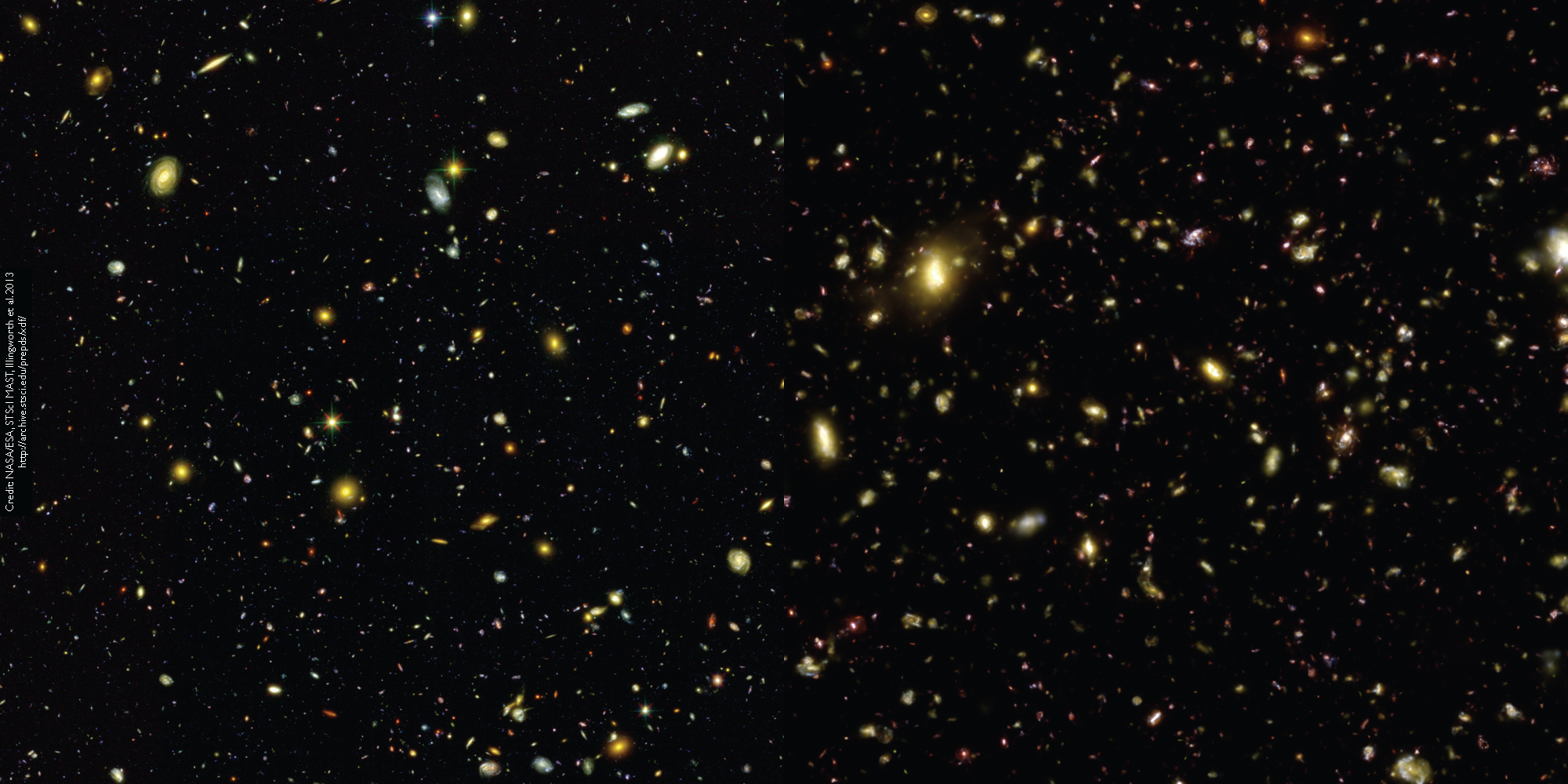The Impact Of The Illustris Project On Astrophysics
New Insights to Galaxy Formation: A Revolution in Astrophysics
From the time of ancient civilizations, humans have been fascinated by the stars and space. With advances in telescopes and technology, we have come a long way in uncovering the mysteries of the universe. The formation of galaxies is one such mystery that has intrigued astronomers for centuries, and the Illustris project has revolutionized our understanding of this phenomenon.
The Illustris simulation is a giant leap forward in our ability to study the universe. It is a state-of-the-art numerical simulation that replicates cosmic evolution on a large scale. The simulation computes the formation and evolution of galaxies from the moment of the Big Bang to the present day. The simulation incorporates the laws of physics, including gravity and gas dynamics, to produce an accurate representation of our universe.
Using the Illustris simulation, researchers have been able to gain new insights into galaxy formation and evolution. The simulation shows that galaxies form within an immense web-like structure of dark matter, and that these webs are essential in the formation of galaxies themselves. The images produced by the simulation show galaxies as intricate and complex structures, with swirling patterns of stars and gas.
The simulation also sheds light on the role of black holes in the formation of galaxies. Black holes, once thought to be only destructive forces, actually play a critical role in regulating the growth and formation of galaxies. A feedback mechanism between black holes and the surrounding gas ensures that galaxies remain active and vibrant.
Perhaps one of the most fascinating discoveries made by the Illustris simulation is that galaxies are, in fact, different from one another. Previously, astronomers thought that all galaxies formed in the same way, but the simulation has shown that even within a single type of galaxy, there can be differences in the way they form and evolve.
Overall, the Illustris simulation has been a game-changer for the field of astrophysics. It has given us a more complete understanding of the formation and evolution of galaxies, allowing us to unlock the mysteries of the universe. The simulation has paved the way for future research and has inspired a new generation of scientists to continue exploring the cosmos.
The data generated by the Illustris simulation has enabled researchers to test their theories and develop new hypotheses. It has allowed scientists to uncover new facets of the universe while pushing the limits of conventional thinking. It has also led to the development of more precise and accurate models for simulating galaxy formation and evolution.
Furthermore, the impact of the Illustris project has not been confined to astrophysics research alone. The techniques developed in the project, such as large-scale computing and data analysis, have found their way into other areas of research and industry. It has led to the development of new methods for simulating complex systems and dealing with massive amounts of data.
The Illustris project has demonstrated how state-of-the-art simulations can be a powerful tool for scientific discovery. The project has inspired the creation of other simulations, such as the IllustrisTNG, which builds upon the foundations laid by the original project. The advances made by these simulations have allowed researchers to understand the universe more comprehensively than ever before.
In conclusion, the impact of the Illustris project on astrophysics has been profound. It has given us new insights into galaxy formation and evolution, enabled us to test our theories and develop new understanding of the cosmos. Moreover, it has pushed the limits of scientific knowledge and technology, allowing us to uncover new layers of complexity in our universe. As we move into the future, the Illustris project is sure to inspire continued exploration and innovation in the field of astrophysics.


No comments: